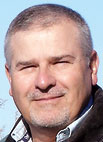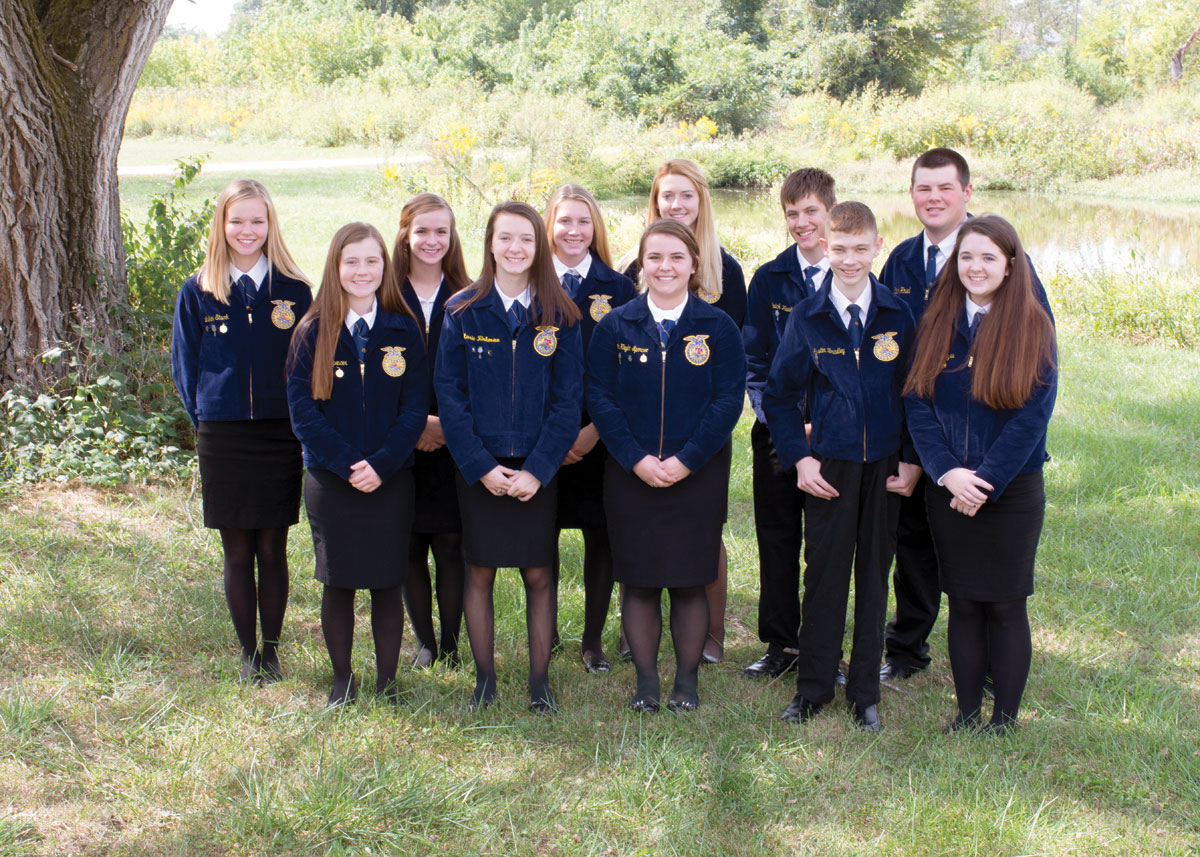 Most of the time when people say ‘you’re seeing red,’ it’s a bad thing. But at Reinert Family Farm, seeing red (and black and gold) means you are looking at John and Denise Reinert’s fine herd of Gelbvieh and Red Poll cattle near Billings, Mo.
Most of the time when people say ‘you’re seeing red,’ it’s a bad thing. But at Reinert Family Farm, seeing red (and black and gold) means you are looking at John and Denise Reinert’s fine herd of Gelbvieh and Red Poll cattle near Billings, Mo.
John Reinert has had a hand in the beef cattle industry for the past decade, but cows have always been a part of his life – he grew up milking. When he chose to go into the beef side of things, he purchased seven commercial cows and started from there. After becoming familiar with beef cattle, John decided to obtain some registered stock – and he knew he wanted red. “The number one criteria were red and gentle,” he said, smiling. He settled on Red Poll cattle, and purchased his first one in 2009. John was very pleased with the Red Poll cattle – but he soon found that marketing the breed and being competitive in the bull market proved to be a bit difficult. Lack of people’s familiarity with the breed and the fact that Red Polls mature rather slowly kept a lot of folks from buying bulls. “I knew I needed to be in the same league as (breeds like) Angus,” said John. Enter Gelbvieh – gentle, faster maturing, good milk producers, highly muscled and with a variety of colors – including red. Today, John owns 17 Gelbvieh cows, one Red Poll cow, several Red Poll heifers, one Red Poll bull and one Gelbvieh bull. John is currently working towards raising Registered Gelbvieh seedstock and crossing both of his favorite breeds to get the best traits of both.
Artificial Insemination (AI) with the Gelbvieh cows is a big hit on Reinert Family Farm. With AI, John said, “You can always find a bull that will fit with the cow and will compliment the weaknesses of the cow.” John’s nephew, Dan Mooneyham, is a huge help with the AI process. John and Dan plan to continue using AI even with the addition of the new Gelbvieh bull. The goal of the Reinert breeding program is to follow the mantra “all heifers should be better than their mothers.”
The feeding program at the Reinert farm consists of rotational grazing on Fescue pasture. Heifers and weaned bulls also receive a ration of Bermuda hay and grain for a protein boost. John stockpiles some of his Fescue grass, keeping the cows off of it during the warmer months, and then turns them loose on it for winter grazing. During a normal year, he won’t start feeding the Fescue hay that he grows, cuts and bales himself until January; this year, however, due to the drought, he has had to purchase hay and began feeding it early.
Vaccinations are an important aspect of John’s bovine health program. In the past, he has vaccinated and dewormed only in the spring, but he is now shifting to vaccinating in both spring and fall. John likes having the assistance of his veterinarian at vaccination time. The advice of a professional can be invaluable for creating a seasonal vaccine program – for example, over the hot, dry summer when John’s calves exhibited symptoms of respiratory problems, he sought the advice of his vet. The vet suggested several vaccines – and it worked wonders for the calves.
Minerals are also essential health boosters for cattle of all ages – John purchases 50 pound bags of granulated mineral supplement from the feed store and puts the granules out for his herd.
Trying to get his pastures back in good shape after the drought is a top priority for John. He plans on reducing the amount of Fescue in his pastures and adding more legumes to the mix.







